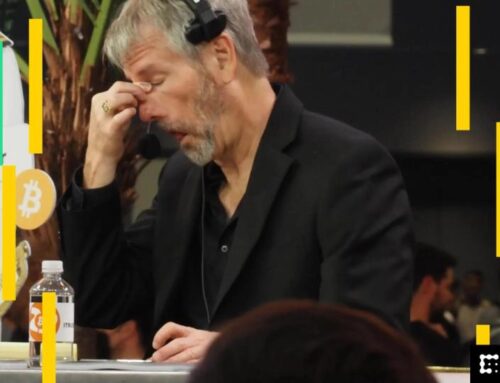Nature-based solutions increase nature and human wellbeing
May 21, 2025
As cities grow denser and climate change intensifies rainfall and extreme weather events, urban areas across the Baltic Sea region are facing mounting pressure. Flooding, stormwater surges, water pollution, and biodiversity loss are becoming the new normal. The City Blues project, funded by the EU Interreg Baltic Sea Region programme, is stepping up to meet this challenge—by helping cities turn to nature for answers.
Led by the City of Tampere, and bringing together partners from Denmark, Estonia, Finland, Germany, Norway, and Sweden, City Blues is reimagining how cities manage water and climate risks. At the heart of the project is a simple yet powerful idea: nature-based solutions (NBS)—multifunctional, cost-effective measures that tackle climate challenges while supporting biodiversity and improving quality of life.
Shared Challenges, Shared Solutions
Cities like Aarhus, Malmö, Stavanger, Tampere, and Tartu all face similar problems: frequent urban flooding, eroding streambanks, limited water retention capacity, and rising pollution from land use and stormwater runoff. Add to this the growing heat island effect and loss of urban biodiversity, and the need for integrated solutions becomes urgent.
The City Blues project connects experts across these cities to exchange experiences and develop practical, scalable NBS such as rain gardens, bioswales, retention ponds, and alluvial meadows. These blue-green interventions don’t just manage water—they enhance urban resilience, boost biodiversity, and create healthier environments for people.
“The project aims to protect and improve the water quality of receiving lakes and, ultimately, the Baltic Sea by reducing nutrient loading and wastewater emissions,” explains Project Manager Anna Vilhula from the City of Tampere. “At the same time, we build long-term resilience and promote biodiversity in urban areas.”
A Model for the Future
A major output of the City Blues project is a web-based joint operational model, to be launched in spring 2026. This practical tool will offer cities across Europe the know-how to implement NBS throughout their lifecycle—from planning and design to maintenance and eventual repurposing.
Importantly, the model includes guidance on stakeholder involvement, ensuring that local communities, decision-makers, and urban planners work together in shaping resilient and liveable cities.
“Cities need this model to learn from one another’s successes and avoid common pitfalls,” says Murel Truu, expert from Tallinn University of Technology. “It provides a lifecycle-based approach to nature-based solutions that’s adaptable across urban environments and governance systems.”
City Blues shows that when cities collaborate and put nature at the core of climate adaptation, the results ripple far beyond flood prevention. They support cleaner water, greener streets, and stronger communities—building water resilience not just for today, but for generations to come.
#WaterWiseEU campaign
This story has been submitted by a partner of the #WaterWiseEU campaign. The EU-wide campaign focuses on water resilience, aiming to change the way we see, use and value water. Find out more about the campaign and how you can get involved.
Search
RECENT PRESS RELEASES
Related Post




